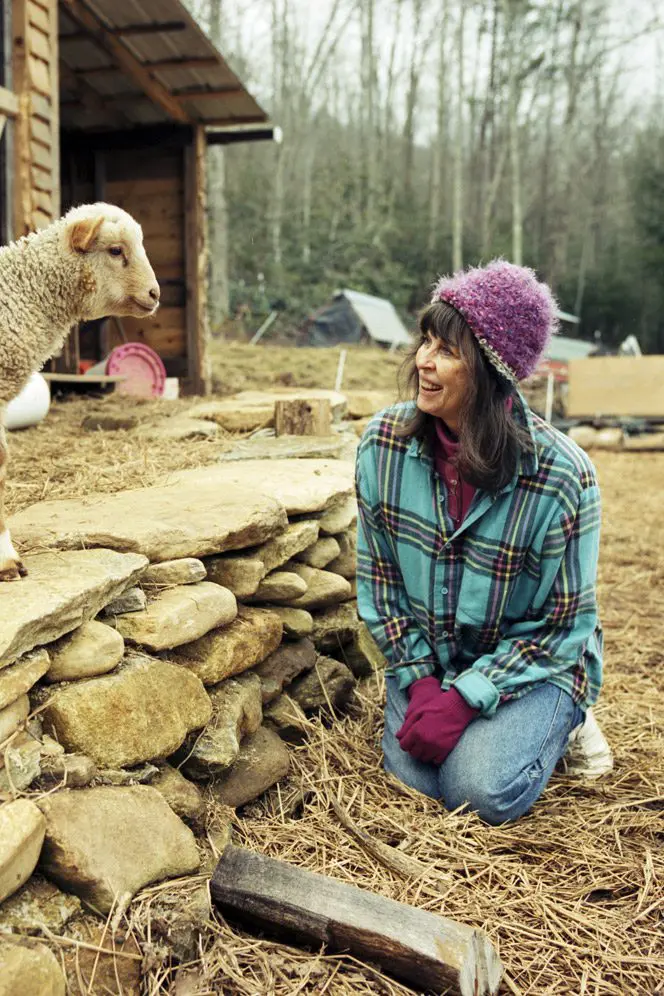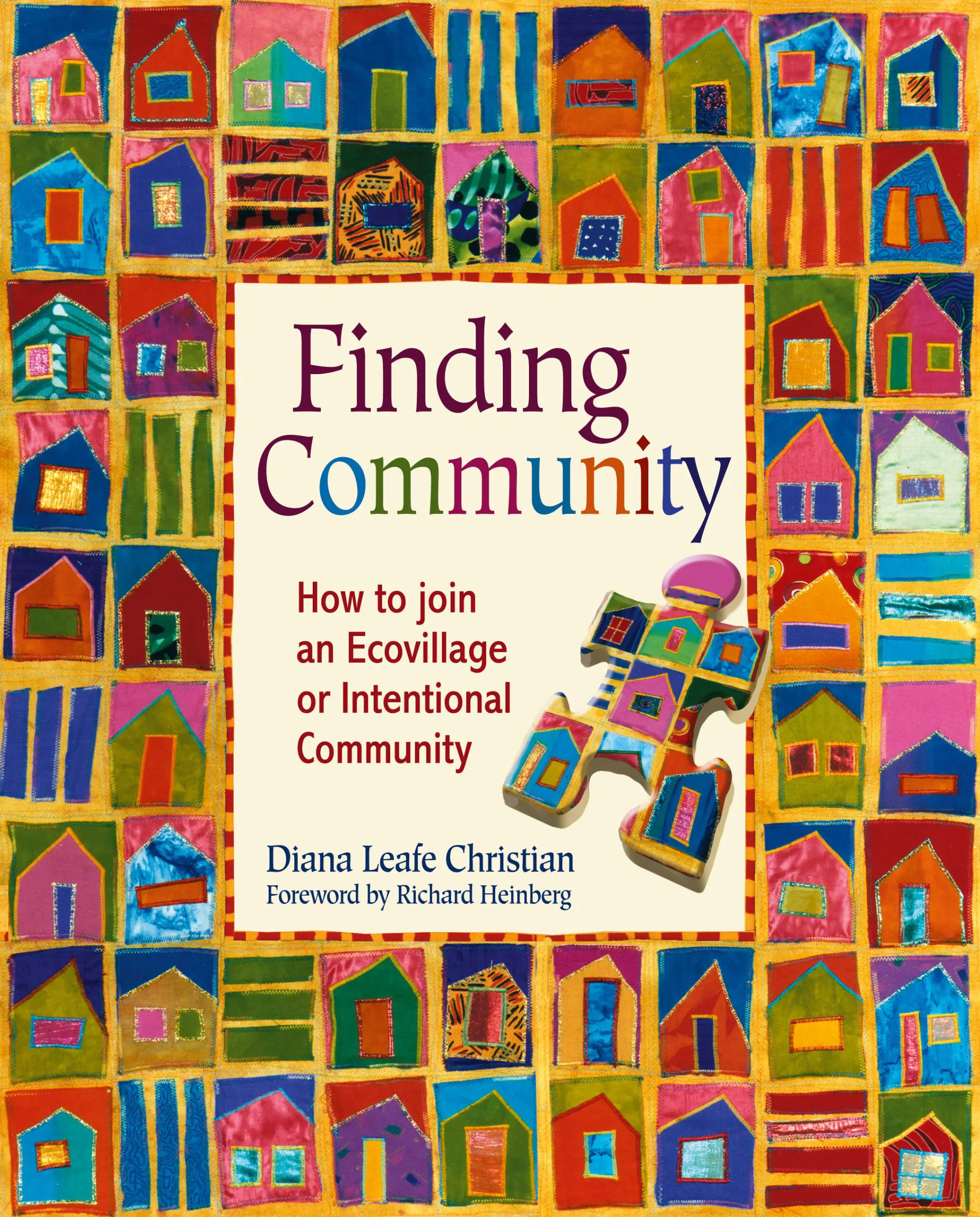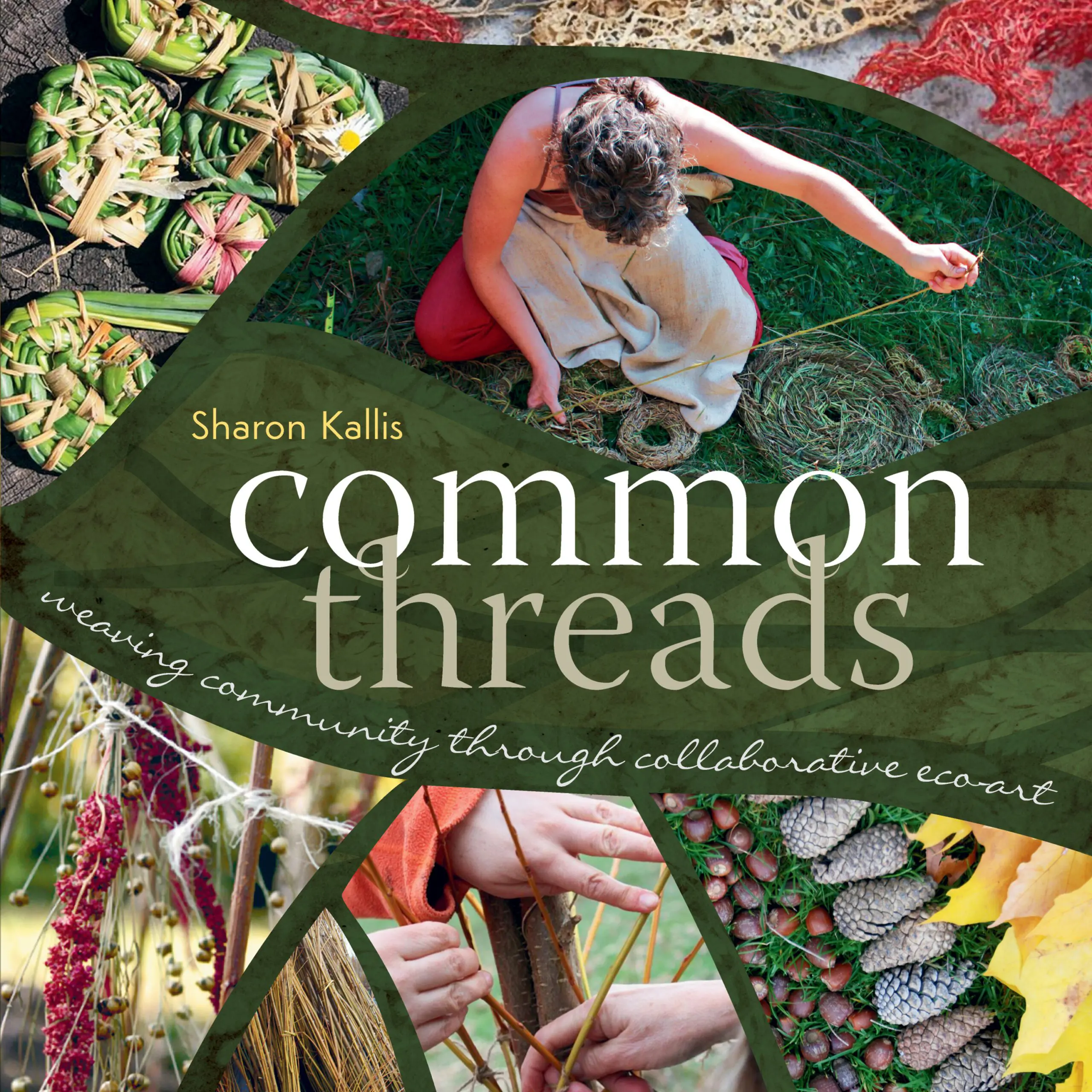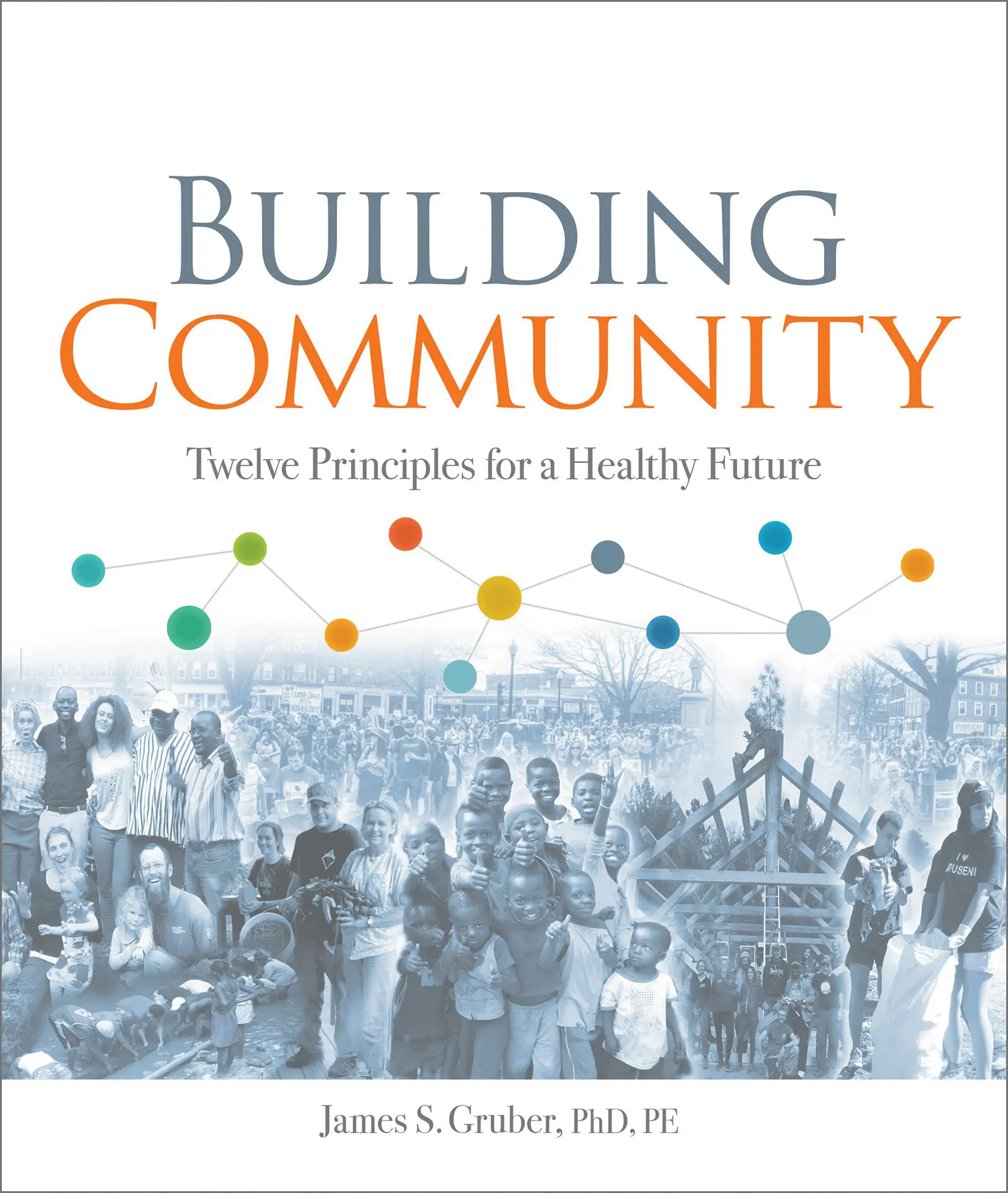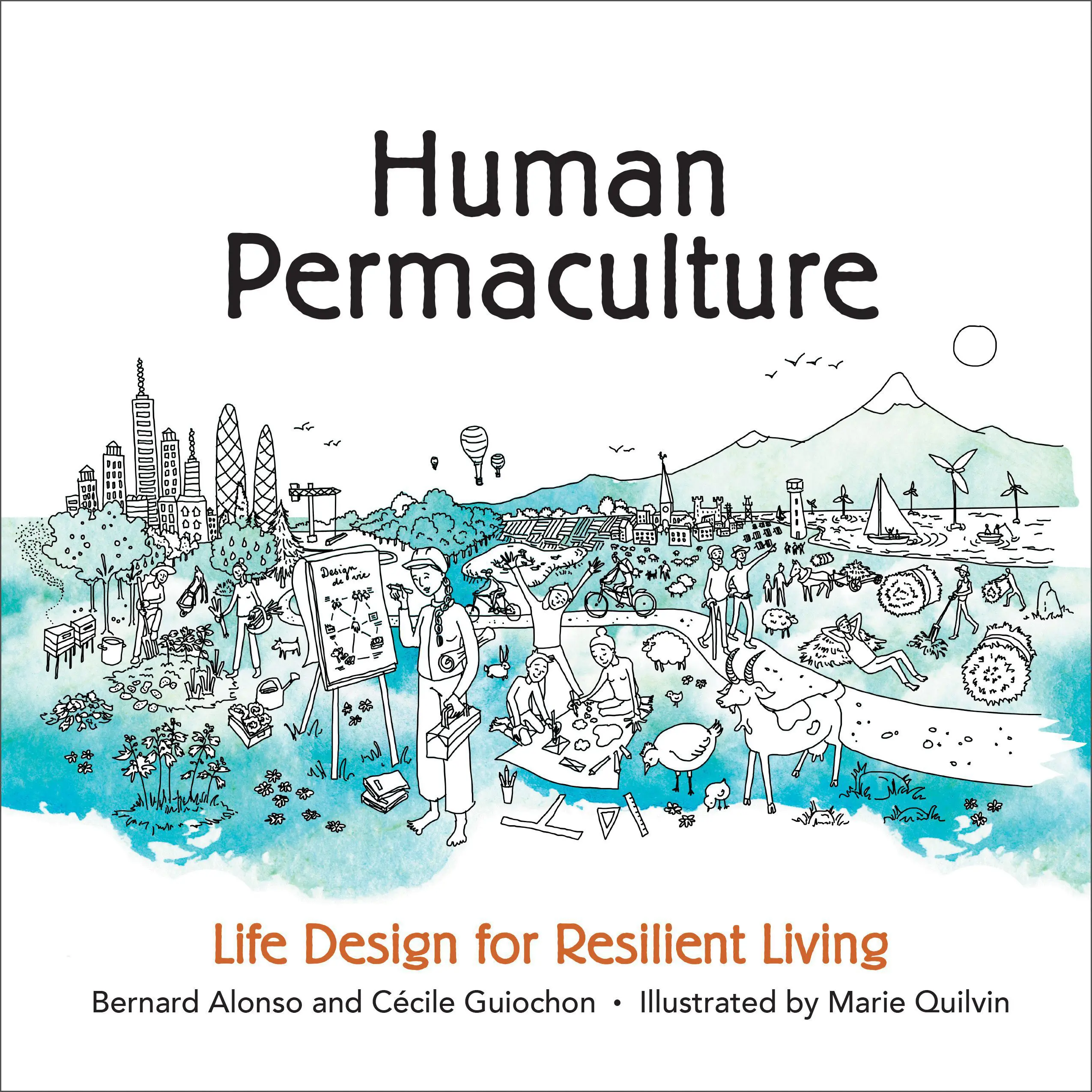
Many people hear “intentional community” and picture hippie communes, isolated cabins, or strict religious sects—but the reality is much more diverse. From bustling urban co-housing neighborhoods to eco-friendly villages, these communities attract people from all walks of life seeking connection, sustainability, and a shared vision.
This excerpt from Finding Community by Diana Leafe Christian clears up common myths, showing that communal living isn’t about giving up independence—it’s about gaining a richer, more connected way of life.
Excerpt from Chapter 2: Ten Most Common Fears about Joining a Community
The following is adapted in part from the Fellowship for Intentional Community’s “13 Myths About Intentional Community.”
1. I don’t want to live out in the boonies.
You don’t have to. A total of 1,520 communities listed themselves in the Online Directory of the Fellowship for Intentional Community (FIC) in 2006. (directory.ic.org) Of the nearly 1,000 communities which noted whether they were urban or rural, four out of ten (412) said they were urban, suburban, or located in small towns. Six out of ten (592) said they were rural. In this sample, anyway, at least 40 percent of the communities listing themselves online were not located way out in the country.
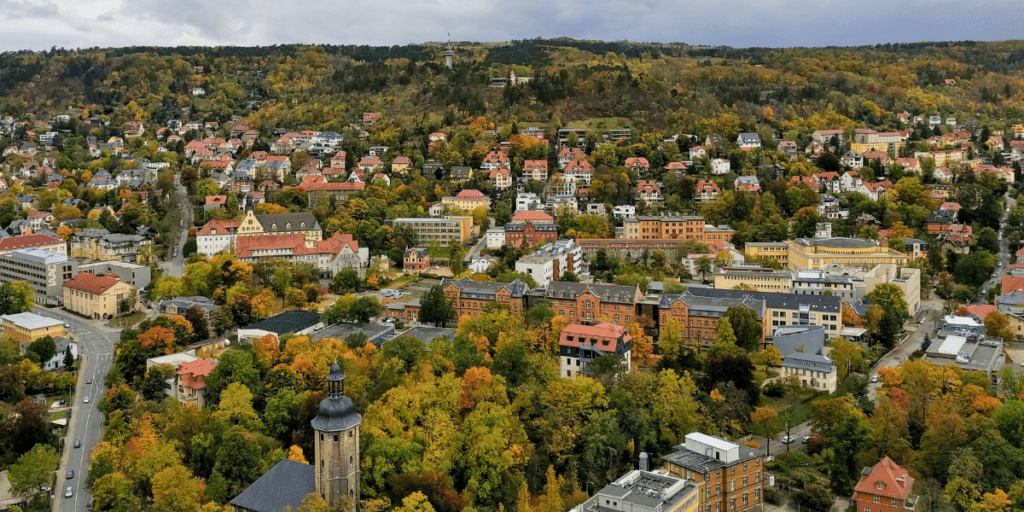
2. I don’t want to live with a bunch of hippies.
Few community members today consider themselves hippies. Some might identify themselves as non-mainstream or countercultural, others might identify themselves as relatively mainstream people who have an interest in community and sustainability. Many, such as members of cohousing communities, are essentially middle-class to upper-middle-class people who live relatively normal lives — though more progressive, cooperative, and ecologically sustainable than most. Most communitarians are hard-working and responsible, not folks who fit the image of ’60s-era hippie stereotypes. What do most communitarians have in common? They tend to be health-conscious, environmentally aware, and politically and culturally progressive — the “cultural creatives” whom authors Paul Ray and Sherry Ruth Anderson describe in their book Cultural Creatives: How 50 Million People Are Changing the World (Three Rivers Press, 2001).
3. I don’t want to live a “poverty consciousness” lifestyle with limited resources.
You’ll find many different standards of living in ecovillages and intentional communities. Some embrace voluntary simplicity; others have full access to the comforts of contemporary life. Nearly all communities use the benefits of common ownership to allow people access to facilities and equipment they don’t need to own privately — for example, hot tubs, saunas, pools, exercise rooms, yoga rooms, power tools, washers and dryers, pickup trucks, tractors, and so on.
Newly formed communities often start off with limited resources and thus their members tend to live simply. As the community gets more established over time, it tends to create a stable economic base and its members gradually enjoy a physically more comfortable life — according to their own standards.
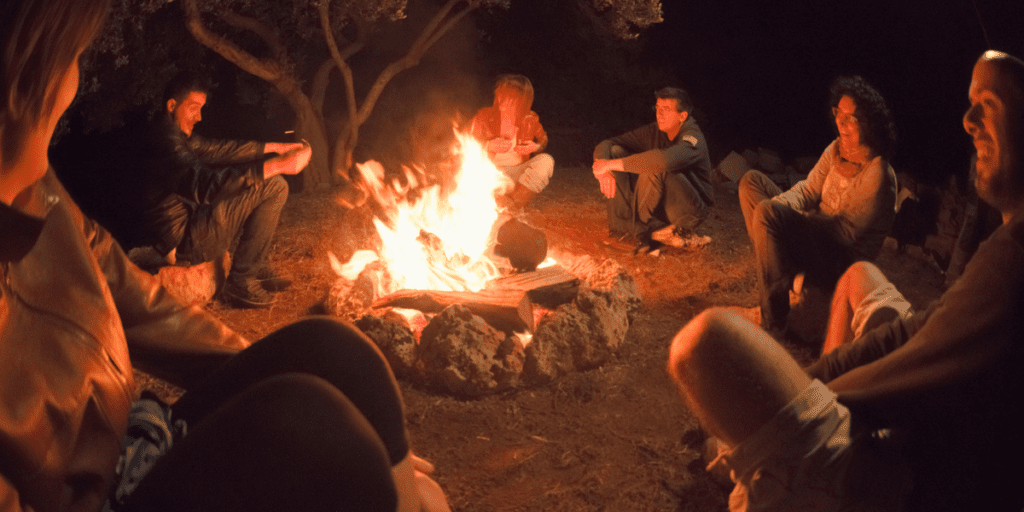
4. I don’t want to live with countercultural types who are trying to avoid responsibility.
Many people choose to live in community because it offers an alternative way of life from that of the wider society, yet most community members still raise families, maintain and repair their land and buildings, work for a living, pay income and property taxes, etc.
At the same time, communitarians usually perceive their lifestyle as more caring and satisfying than that of mainstream culture, and because of this — and the increased free time which results from pooling resources and specialized skills — many community members feel they can engage more effectively with the wider society.
5. I don’t want to have to join a religion or take up some spiritual practice I don’t believe in.
You choose what kind of community you join, and you can choose from plenty of secular communities, or those which are spiritually eclectic and don’t have a common spiritual practice. (See Chapter 8, “Spiritual Communities,” and Chapter 9, “Christian Communities.”) In the FIC’s Online Directory listings (in 2006), of those which noted whether they had a shared spiritual path, 45 percent said they did, indicating that slightly more than half the intentional communities that listed themselves do not have a common spiritual practice.
6. I don’t want to live in a hierarchical system or follow a charismatic leader.
Very few communities are hierarchical, and again, which one you join is your choice. The most common form of community governance is democratic, with decisions made by consensus or some form of voting. Of the 1,228 communities which checked the “governance” section of the FIC’s Online Directory in 2006, nearly two-thirds (867) used a democratic form of governance, including consensus decision-making (747) or majority rule voting (120). About one-sixth (213) used a hierarchical model, including a community leader (65) or group of elders (148), and about one-twelfth (148) used some other form of governance which they didn’t specify.

7. I don’t want to have to think like everyone else. What if it turns out to be a cult?
Is community living like living with the Borg on Star Trek? Do massive part-human, part-machine cyborgs suddenly appear in front of you and announce in a monotone chorus of electronic voices: “You will be assimilated. Resistance is futile.”? As every Trekkie knows, after the half-human/half-machine Borg suddenly materialize and deliver their chilling announcement, they beam you off to their starship, where you are biomechanically morphed into a cyborg yourself — destined to an immortal, never-escape existence as one more cell in the Borg’s “hive mind.”
Fortunately, this won’t happen. Unlike with the Borg on Star Trek, people who join communities don’t get assimilated, and in most groups’ community members don’t all think alike. Members of any given community do hold many more values and beliefs in common than a comparable group of typical neighbors, since the community is organized around a common vision or purpose. However, disagreements about what they want or how to spend their funds are a common occurrence in most communities, just as in the wider society. Community members certainly don’t all live in a “hive mind,” but can have widely diverging opinions. Just ask any process and communications consultants called in to help resolve disputes!
The concern about intentional communities being potentially dangerous “cults” is one of the most common and significant misconceptions held by people unfamiliar with the subject, so we’ll examine it in more detail.

